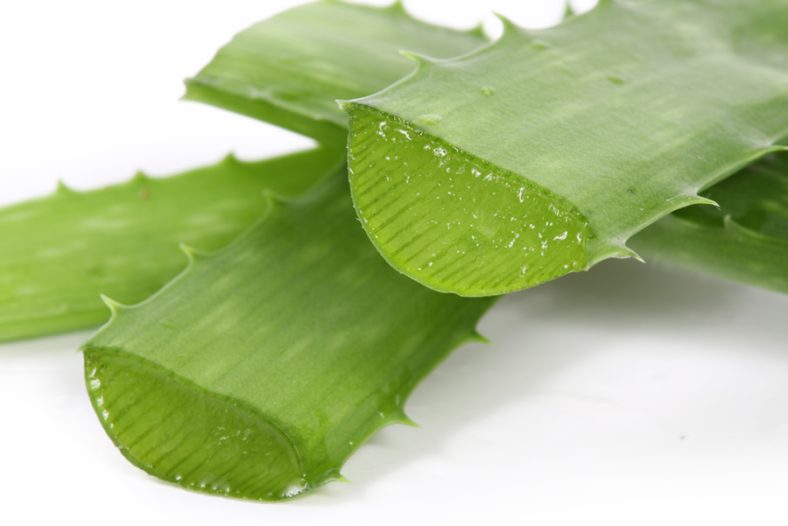Natural and organic cosmetics: 5 questions about voluntary standard ISO 16128

The International Organization for Standardization has just published the second part of standard ISO 16128 concerning natural and organic cosmetics. Here we explain the scope of this voluntary standard and how it fits in with existing labels.
Who developed voluntary standard ISO 16128 and why?
Voluntary standard ISO 16128 was developed, in two parts, by experts from 40 countries as part of ISO, a nongovernmental organization that brings together standardization bodies in 163 countries. The initial objective was to create common denominators for all national labels in order to ensure fair communication with consumers, who are faced with a fragmented market and problems with poor labeling. The currently published ISO 16128 standard is a voluntary document, of which the first part was published in April 2016. It allows for the standardization of definitions in four categories of ingredients: organic, organic origin, natural and natural origin. And since cosmetics are all the product of a unique blend of ingredients that each belongs to one of these categories (or none of them), it also provides common methods for calculating the natural or organic compounds of the final formula.
Will products containing synthetic ingredients and pollutants be able to be called organic if the manufacturer complies with standard ISO 16128?
Applying voluntary standard ISO 16128 does not allow a manufacturer to call or label a product “organic” on its final product. All it does is allow the manufacturer to indicate, on the packaging, the share of natural or organic products that it contains.
Why doesn’t the ISO standard impose a minimum percentage of natural or organic ingredients in the final product?
That was not the purpose. Don’t confuse voluntary standards, which propose definitions of ingredients and methods for calculation, with the specifications of a particular label allowing manufacturers, following verification by an outside organization, to claim proportions of a particular component or say that a portion is organic.
Does voluntary standard ISO 16128 authorize the use of GMOs or products considered dangerous?
It cannot authorize products that are prohibited by regulations. Conversely, it cannot prohibit products that regulations allow. Synthetic preservatives or stabilizers authorized by law may therefore be used by manufacturers which comply with the standard. Likewise, GMOs whose cultivation or sale is not authorized in Europe, or more so in EU countries with a stricter standard than the EU itself (such as France), are excluded from the standard. Regulations differ on the world market, and so it is compliance with local regulations that applies.
Some fear that the voluntary standard will favor cut-rate organic products. Is that justified?
No, because the ISO voluntary standard provides common definitions at an international scale, which was not previously the case. To the extent manufacturers apply it, it therefore allows for definitions and evaluation protocols to be standardized on the portion of natural or organic ingredients in the final products. In addition, labels continue to highlight the products that comply with the characteristics defined by private consortia.
> Join the Cosmetics Standardization Commission (in French)…
© AdobeStock

